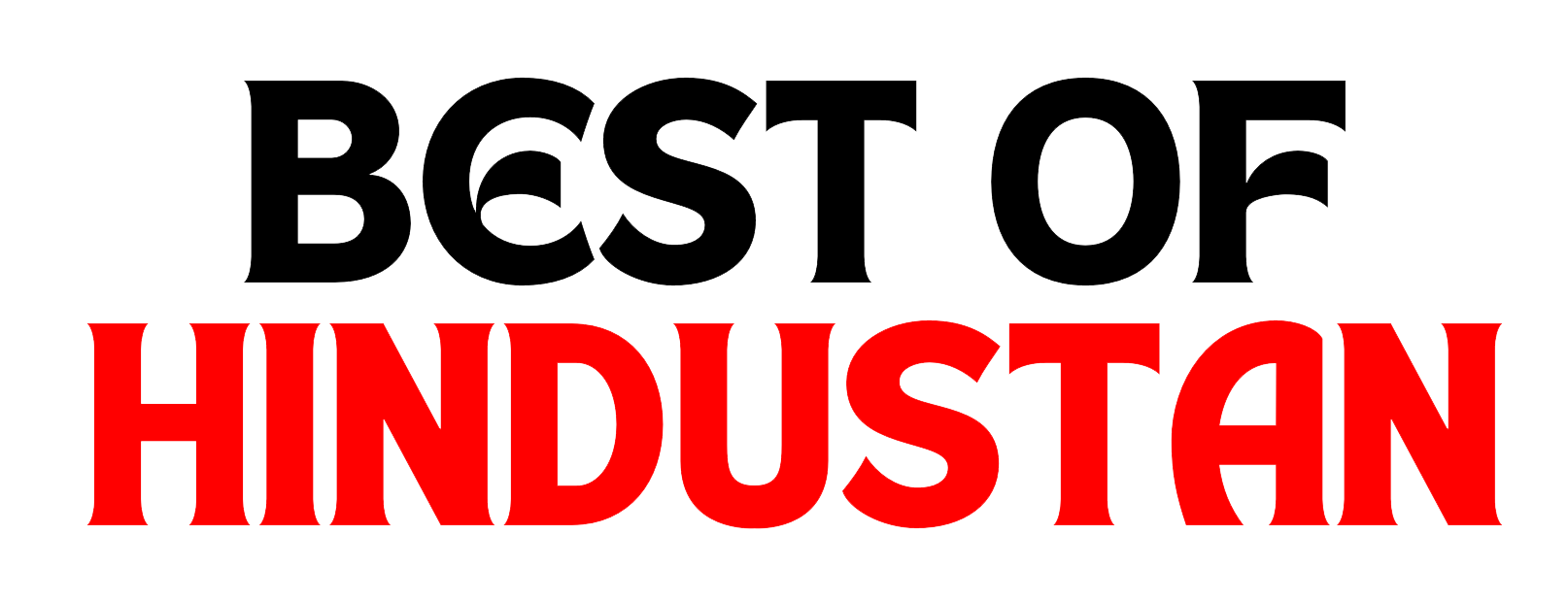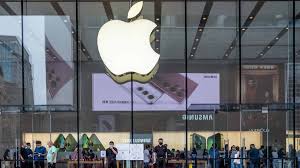As the countdown begins for the iPhone 17 launch on September 9, Apple has updated its product classification list. One iPhone model is now officially marked “vintage”, while three Mac computers have been shifted to the obsolete section. This move underscores Apple’s ongoing efforts to refine its ecosystem ahead of the major product unveiling.
How Apple Classifies Its Old Devices
Apple follows a strict timeline when phasing out older gadgets:
- Vintage Products – Discontinued for more than five years but under seven. Limited service may still be available if spare parts exist.
- Obsolete Products – Out of production for seven years or longer. These no longer receive hardware repairs or official Apple service support.
This categorization helps Apple manage customer service resources while signaling to users that it may be time to upgrade.
iPhone Joins Vintage Lineup
In the latest update, an older iPhone model has been added to Apple’s vintage product list. While Apple continues to support iPhones with long-term software updates, hardware repairs for vintage models will gradually become difficult to obtain.
The timing couldn’t be more telling, as users of this iPhone may now consider upgrading to the iPhone 17 series, expected to launch in just a few days.
Macs Shifted to Obsolete Category
Alongside the iPhone update, three Mac models have been labeled obsolete. These computers are no longer eligible for service at Apple Stores or authorized service providers. Although third-party repairs remain possible, official parts and replacements are discontinued.
Why Apple Announces This Before iPhone 17
The announcement arrives just ahead of the Apple Special Event on September 9. By updating its product lifecycle, Apple clears the path for new launches while giving existing users a push toward upgrading.
The iPhone 17 lineup is rumored to include advanced AI-powered features, longer battery performance, and enhanced photography tools—making it a highly tempting choice for those using older Apple devices.
What This Means for Apple Users
Here’s how customers are impacted by this change:
- Repair limitations: Vintage iPhones may not always be serviceable due to restricted parts availability.
- Security trade-offs: With time, older devices stop receiving new iOS updates, increasing vulnerability.
- Upgrade opportunity: With iPhone 17’s launch around the corner, many may view this as the right time to switch.
Apple’s Broader Strategy
Apple’s decision isn’t only about encouraging upgrades—it’s also tied to its sustainability mission. By phasing out older products and promoting the Apple Trade-In program, the company reduces e-waste while ensuring that its ecosystem stays modern, efficient, and secure.
Spotlight on the Upcoming iPhone 17
As excitement builds, here are some expected highlights of the iPhone 17 series:
- A19 Bionic chip for faster processing and AI optimization
- Revolutionized camera system with next-gen low-light and portrait capabilities
- iOS 19 with personalization and AI-driven tools
- Improved display technology for better efficiency and longer battery life
These advancements may strongly appeal to those whose devices are now classified as vintage or obsolete.
Final Takeaway
Apple’s latest update—adding an older iPhone to the vintage list and declaring three Macs obsolete—arrives at a crucial time. It not only prepares the ground for the iPhone 17 reveal but also reminds users about the inevitable product cycle of Apple devices.
For many, the choice is now between holding on to aging hardware with limited support or embracing Apple’s newest generation of innovation.



